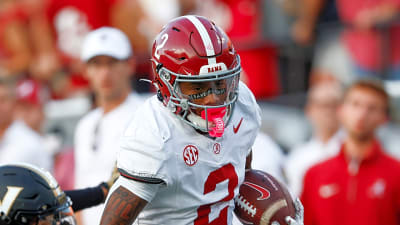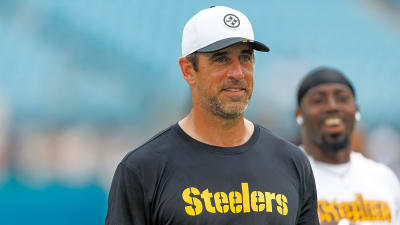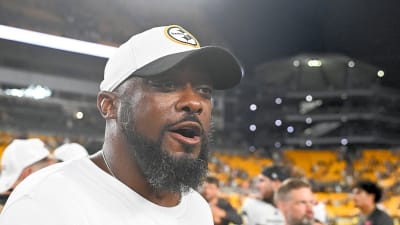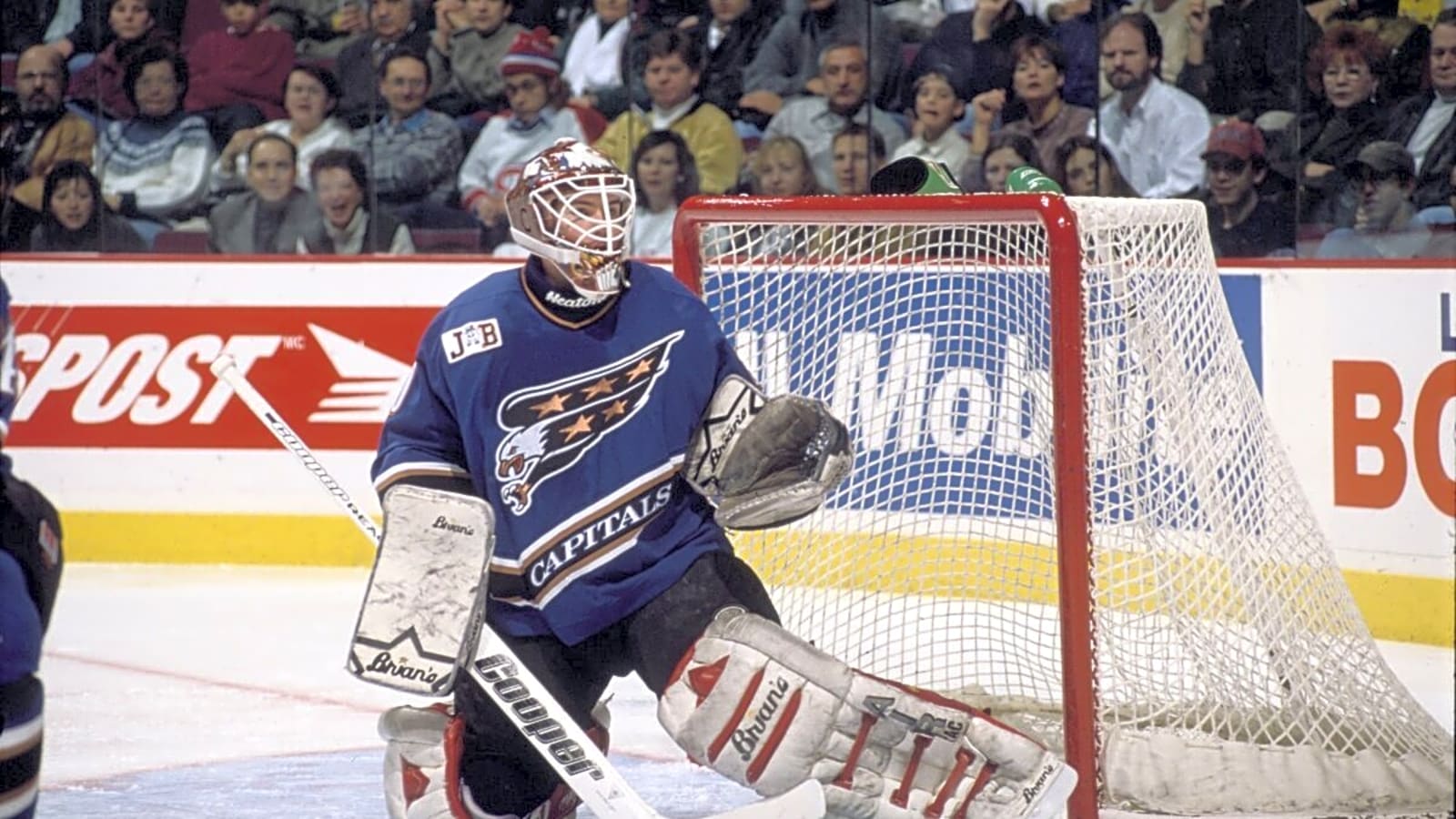
If you were watching the NHL in the mid-’90s, you probably remember Jim Carey. Not the comedian with the rubber face—but the goalie with the lightning glove, the calm composure, and the meteoric rise that had the hockey world buzzing. For a season or two, Carey looked like the future of goaltending with the Washington Capitals—and maybe the league itself. Then, almost as fast as he appeared, he was gone.
There was no farewell tour, no extended backup years. Just… gone. And ever since, long-time fans have been asking the same question: Whatever happened to Carey?
When Washington Found Its Star in the Net
Carey was drafted 32nd overall by the Capitals in 1992, already turning heads at the University of Wisconsin. After a dominant run with the American Hockey League’s Portland Pirates—including Rookie of the Year and Top Goaltender honors—he earned his NHL call-up during the 1994–95 lockout-shortened season.
And from the moment he stepped onto the NHL’s ice, he looked like he belonged. Carey went 18-6-3 in just 28 games, posting a 2.13 goals-against average (GAA), .913 save percentage (SV%), and four shutouts. Not bad for a 20-year-old rookie who wasn’t even on most fans’ radar at the start of the season.
The Vezina Year: A Flash of Brilliance
If 1994–95 was impressive, 1995–96 was almost unreal. Carey played 71 games—an enormous workload for any goalie, let alone one barely out of college. He notched 35 wins, nine shutouts, a 2.26 GAA, and a .906 SV%. That stat line earned him the Vezina Trophy as the NHL’s best goaltender and a spot on the First All-Star Team.
Carey wasn’t just good; he was elite. For a brief moment, he was mentioned in the same breath as Patrick Roy, Ed Belfour, and Dominik Hašek. At just 21, he looked like the kind of goalie you could build a franchise around. Capitals fans thought they had their guy for the next decade.
Then, Carey’s Career Started to Unravel
The 1996–97 season didn’t start well. Carey’s once effortless style began to feel uncertain. Confidence seemed to falter, and Washington made a bold move, shipping him to Boston in a blockbuster trade that brought Adam Oates, Bill Ranford , and Rick Tocchet to the Capitals. Carey went 5–13 with the Bruins, posting a 3.82 GAA and .871 SV%. For a young goalie who had carried a team at age 21, it was a heavy psychological blow.
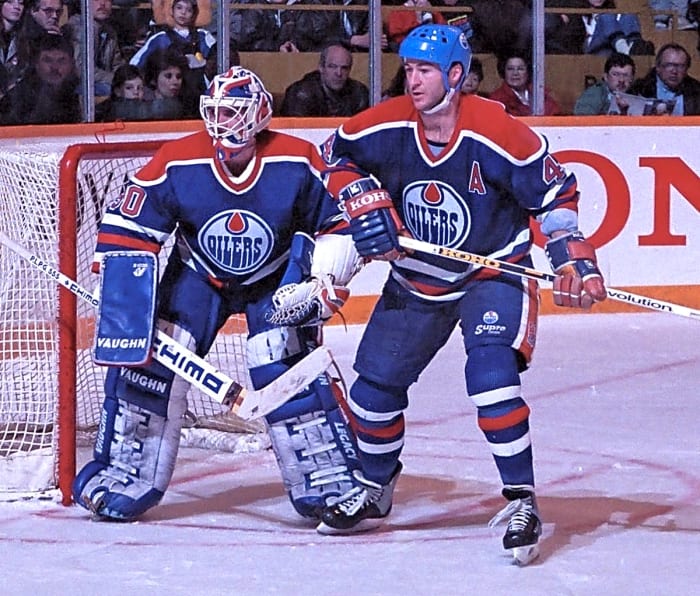
The following season, he played only ten games for the Bruins. Later, St. Louis gave him another shot in 1999, but he appeared in just four games before quietly stepping away from the NHL in his mid-20s.
The drop wasn’t all mental—coaching changes, defensive struggles, and a lack of a consistent system certainly contributed to his demise. Carey faced a perfect storm: expectation, scrutiny, and instability. Once the shine faded, it was hard to regain his footing. He never did.
Numbers That Tell a Short, Strange Story
In total, Carey played 172 NHL games, with a record of 79-65-16, a 2.58 GAA, .898 SV%, and 16 shutouts. Most of his success came with the Capitals. His nine shutouts in 1995–96 remain tied for the Capitals’ single-season record, and his 2.13 GAA as a rookie ranks among the best for first-year goaltenders.
These stats aren’t just impressive—they’re historic. What makes his story so sad is that those brilliant moments never led to a lasting career. Hockey can break your heart even when it dazzles. Being a goalie isn’t just about numbers—it’s about handling pressure, expectation, and the mental grind game after game.
Goaltending is as much a mental as a physical skill. Every night, a goalie faces not only the puck but pressure, expectation, and criticism. Carey’s rapid ascent placed him under enormous stress at a young age. One bad playoff series or dip in performance can ripple through confidence, and for Carey, it did. When doubt creeps in, it’s hard to reclaim your position at the top, no matter how talented you are.
Carey Is a Name That Still Deserves Respect
Although his NHL career was short, Jim Carey—nicknamed the “Net Detective”—left a lasting mark. For one unforgettable season, he wasn’t just part of the conversation; he dominated it. Carey might not have had a long career, but he had a moment of greatness. And in hockey, where most players never reach even that, it matters.
Today, he leads a successful career outside the sport, primarily out of the spotlight, but for fans who watched him fly—and fall—his story remains a lasting one. Not because it was perfect, but because it was real.
[Note: Today, Carey runs successful business enterprises in the medical field. He’s the Owner, Director Of Operations at Chiron Healthcare Group in Sarasota, Florida.]
[Note: I’d like to thank Brent Bradford (PhD) for his help co-authoring this post. His profile can be found at www.linkedin.com/in/brent-bradford-phd-3a10022a9]
More must-reads:
- Orioles' latest extension could spell doom for All-Star catcher
- 'Off the table': Cowboys have strong stance on Micah Parsons as saga gets uglier
- The 'Second-leading receiver by NFL team' quiz
Breaking News
Trending News
Customize Your Newsletter
 +
+
Get the latest news and rumors, customized to your favorite sports and teams. Emailed daily. Always free!



